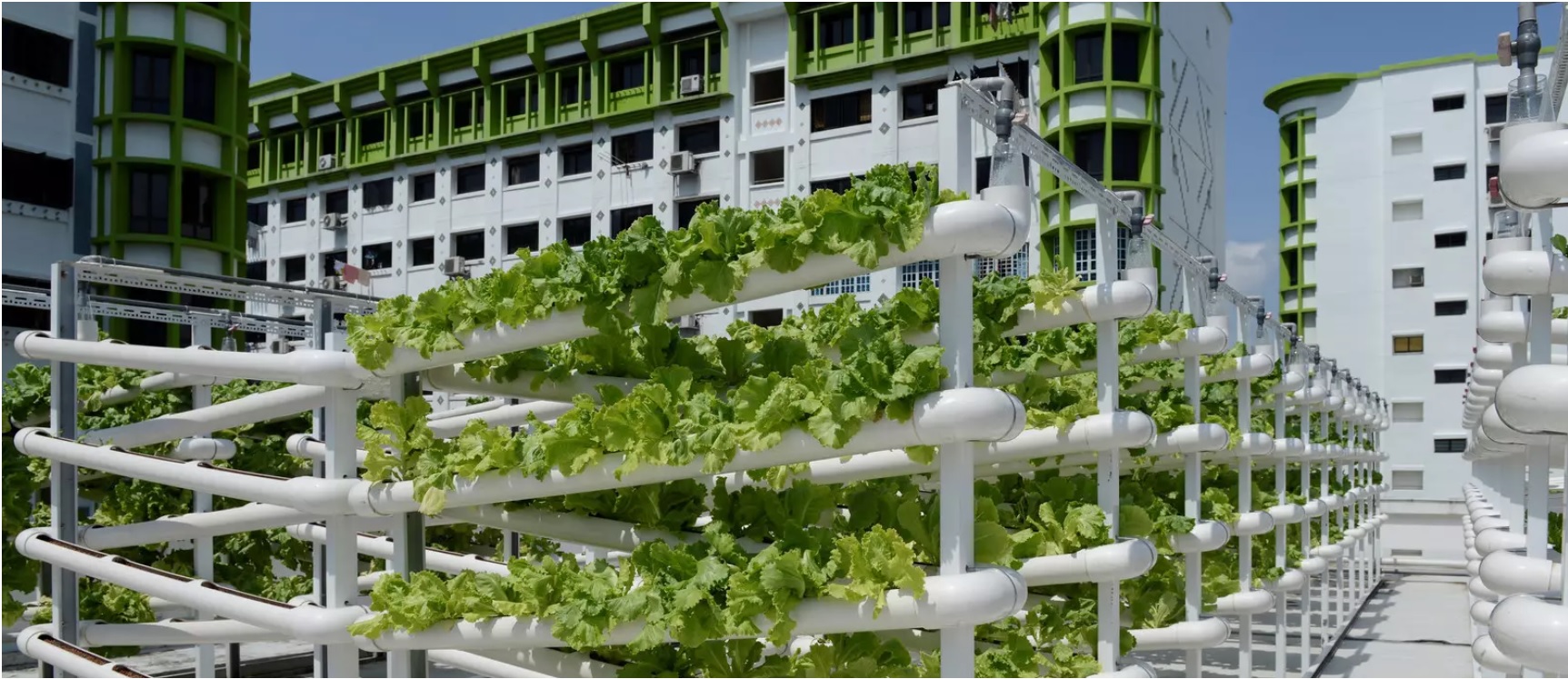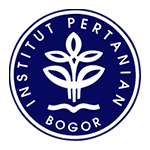 Urban farming is an excellent way to use space for agriculture. (Image: Reuters/Loriene Perera)
Urban farming is an excellent way to use space for agriculture. (Image: Reuters/Loriene Perera)
Securing food during a crisis and preserving land for a livable climate is changing the focus of farming from rural areas to cities. At the forefront of this shift is Singapore, a city-sized country that aims to produce 30% of its own food by 2030. But with 90% of Singapore’s food coming from abroad, the challenge is a tall order. The plan calls for everyone in the city to grow what they can, with government grants going to those who can use technology to yield greater amounts.
“This target took into consideration the land available for agri-food production and the potential advances in technologies and innovation,” said Goh Wee Hou, the director of the Food Supply Strategies Department at the Singapore Food Agency. “Local food production currently accounts for less than 10% of our nutritional needs.”
The food items with potential for increased domestic production include vegetables, eggs, and fish. According to the Singapore Food Agency, these three types of goods are commonly consumed but are perishable and more susceptible to supply disruptions. Alternative proteins such as plant-based and lab-grown meats could also contribute to the “30 by 30” goal. In 2020, there were 238 licensed farms in Singapore.









